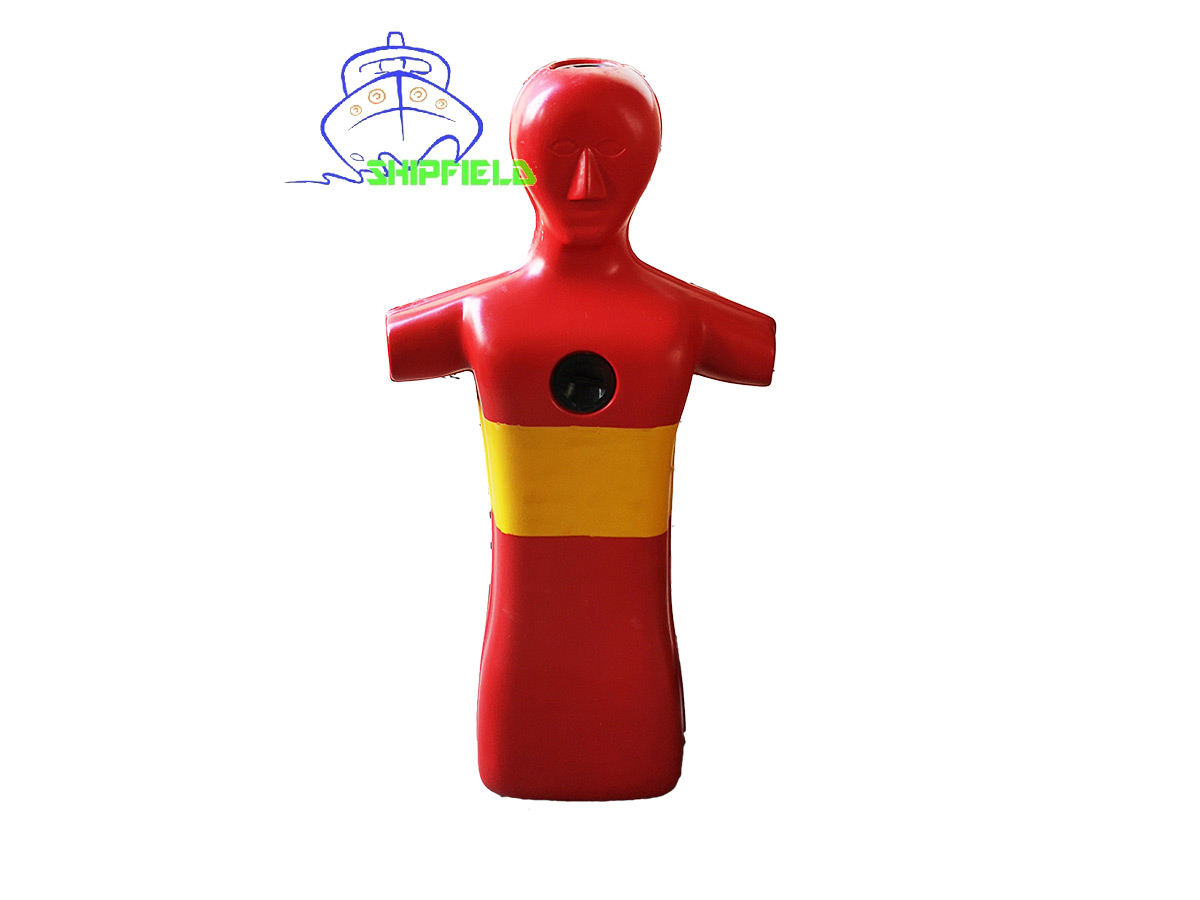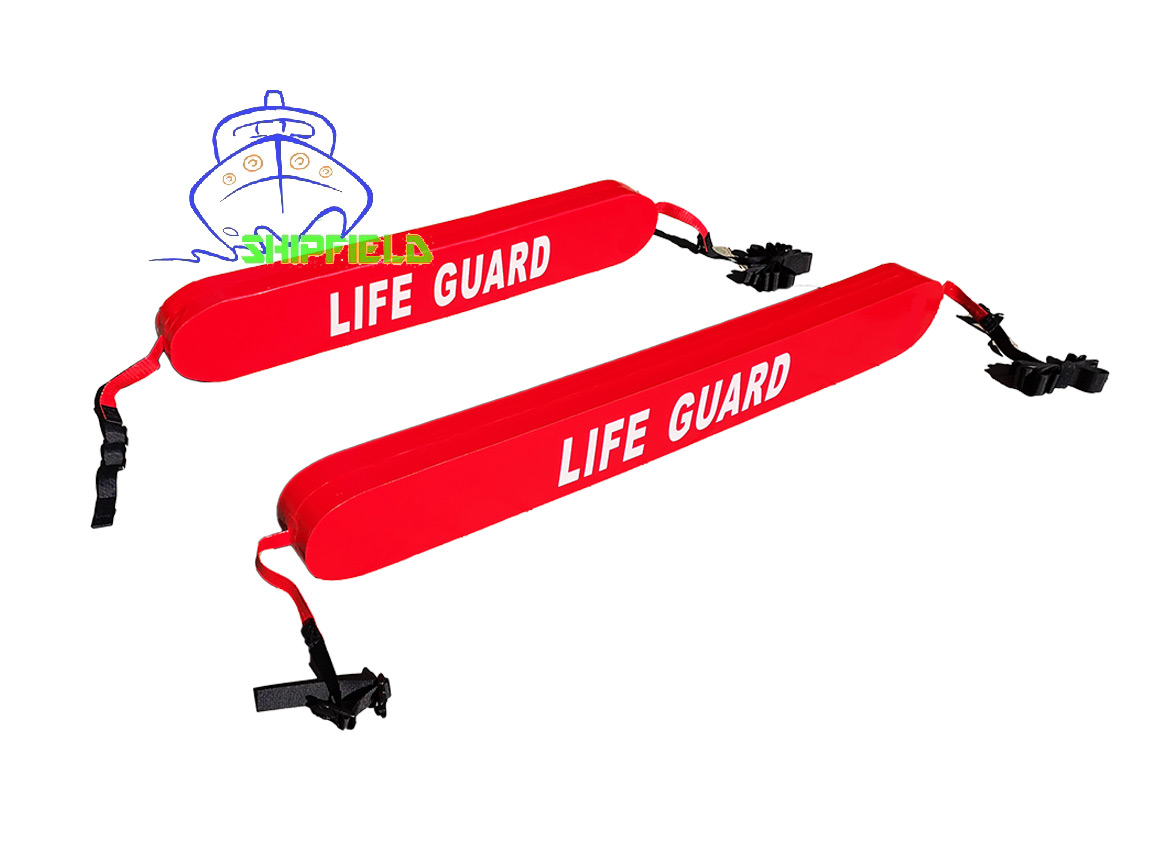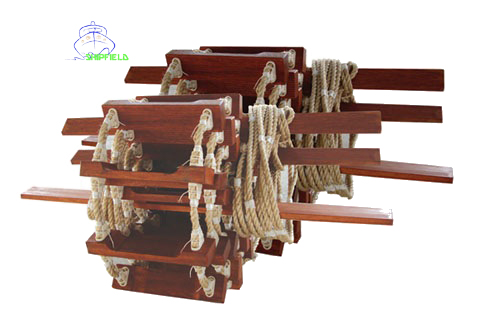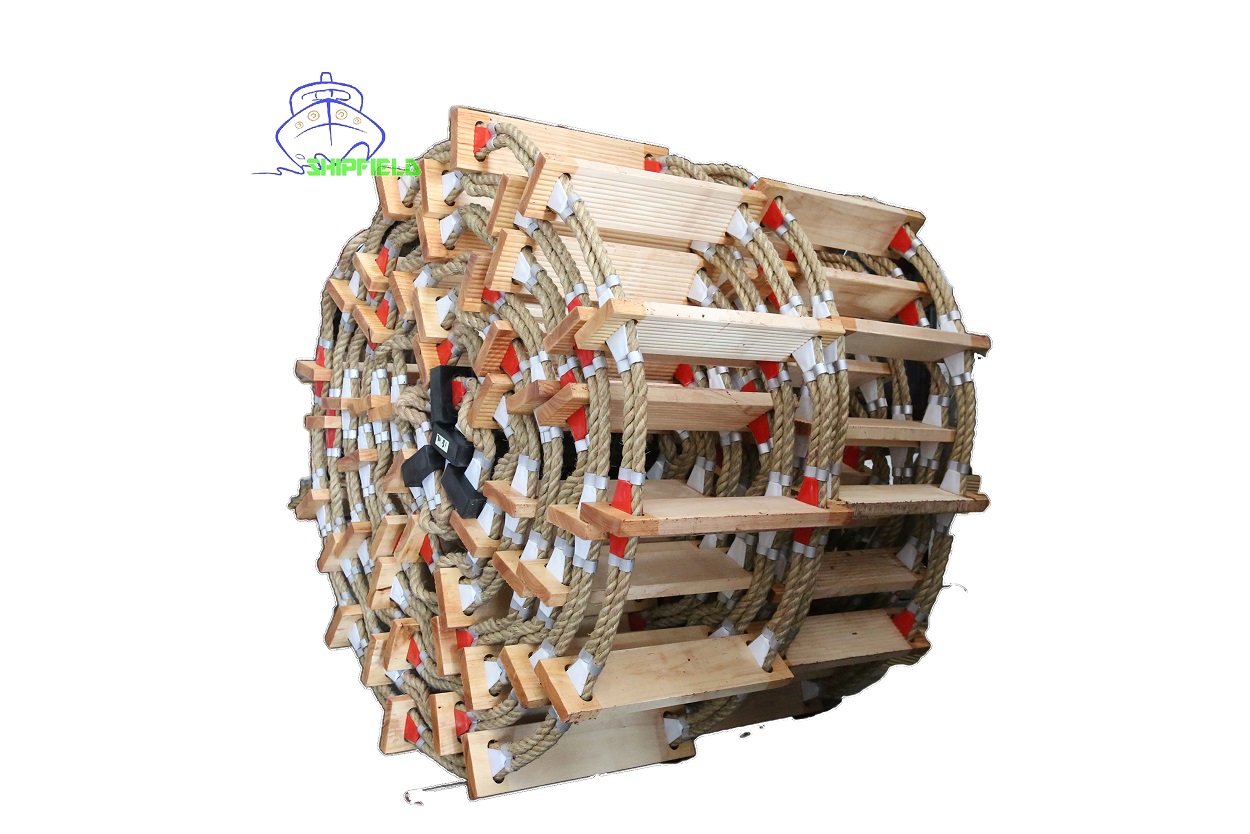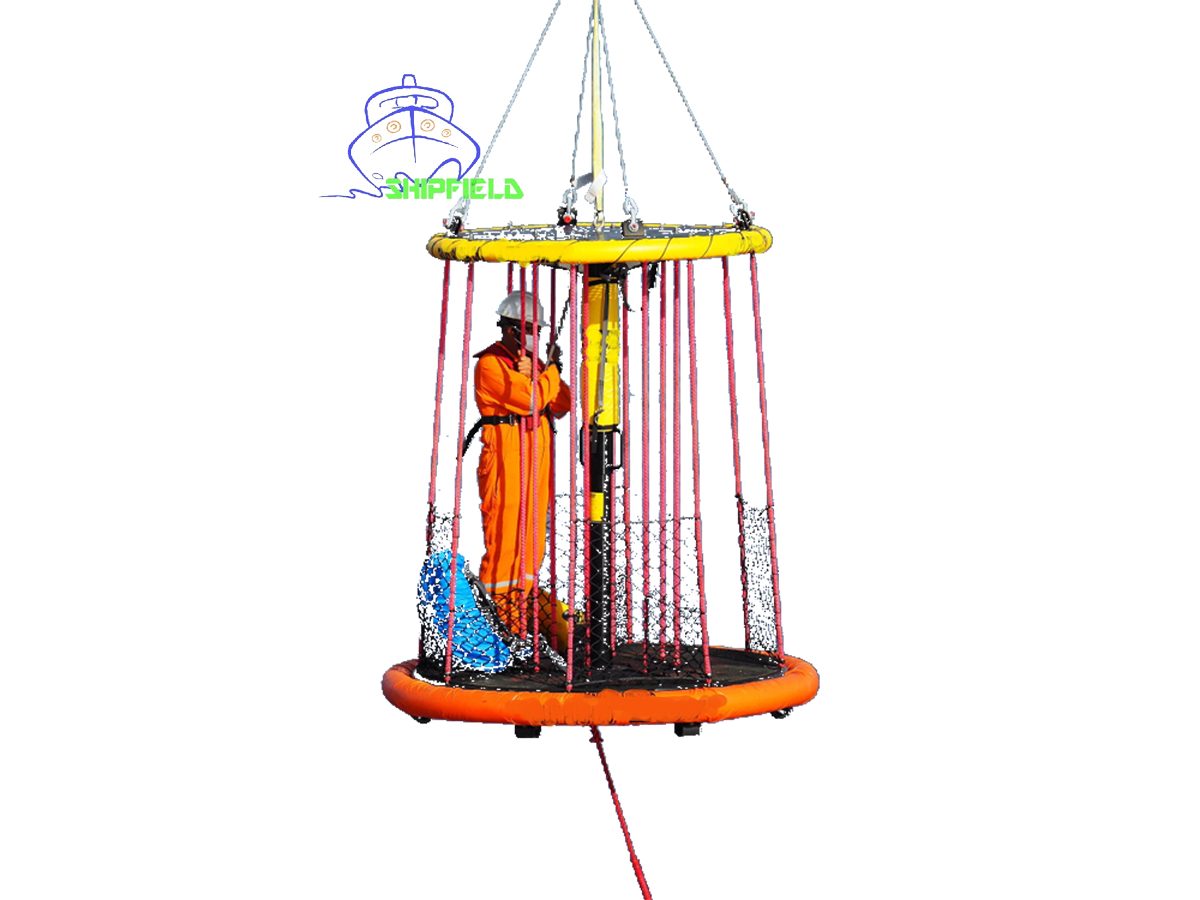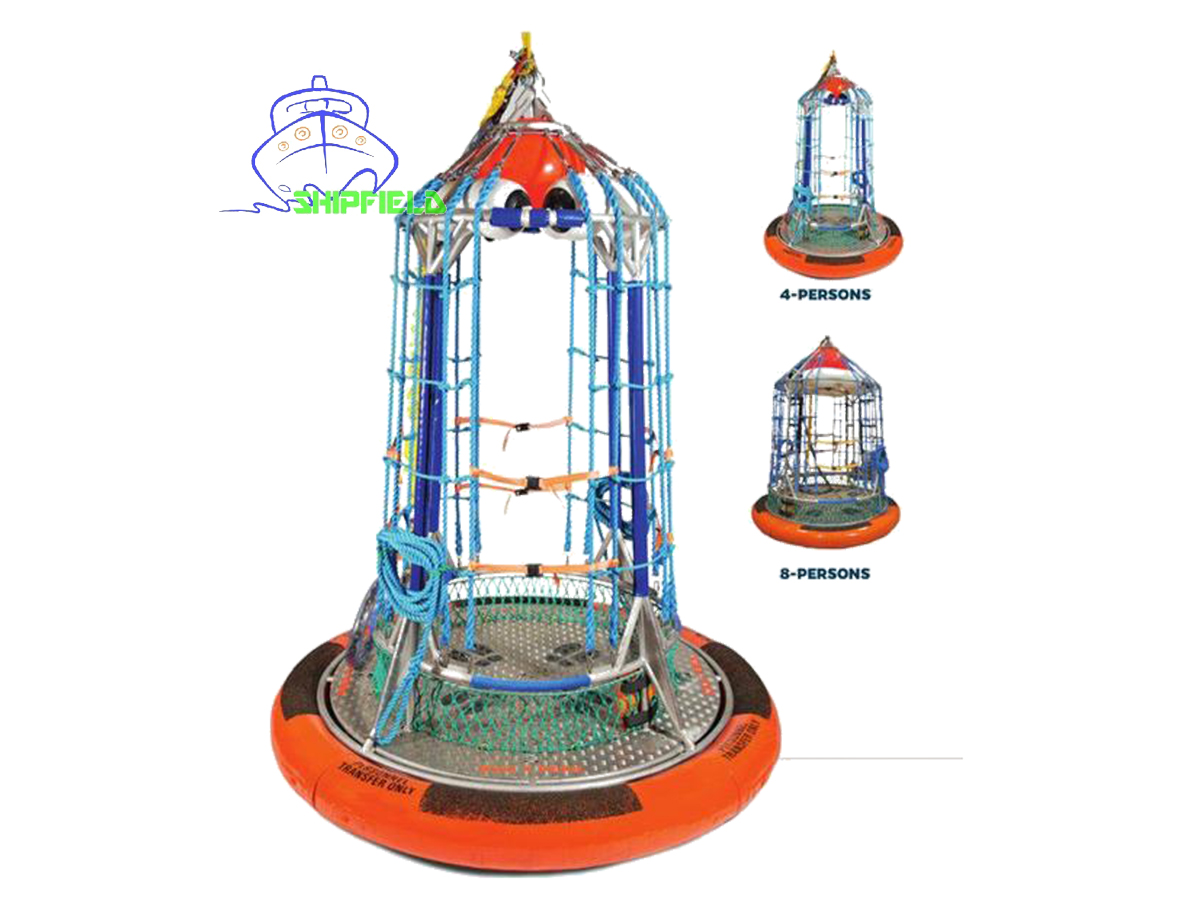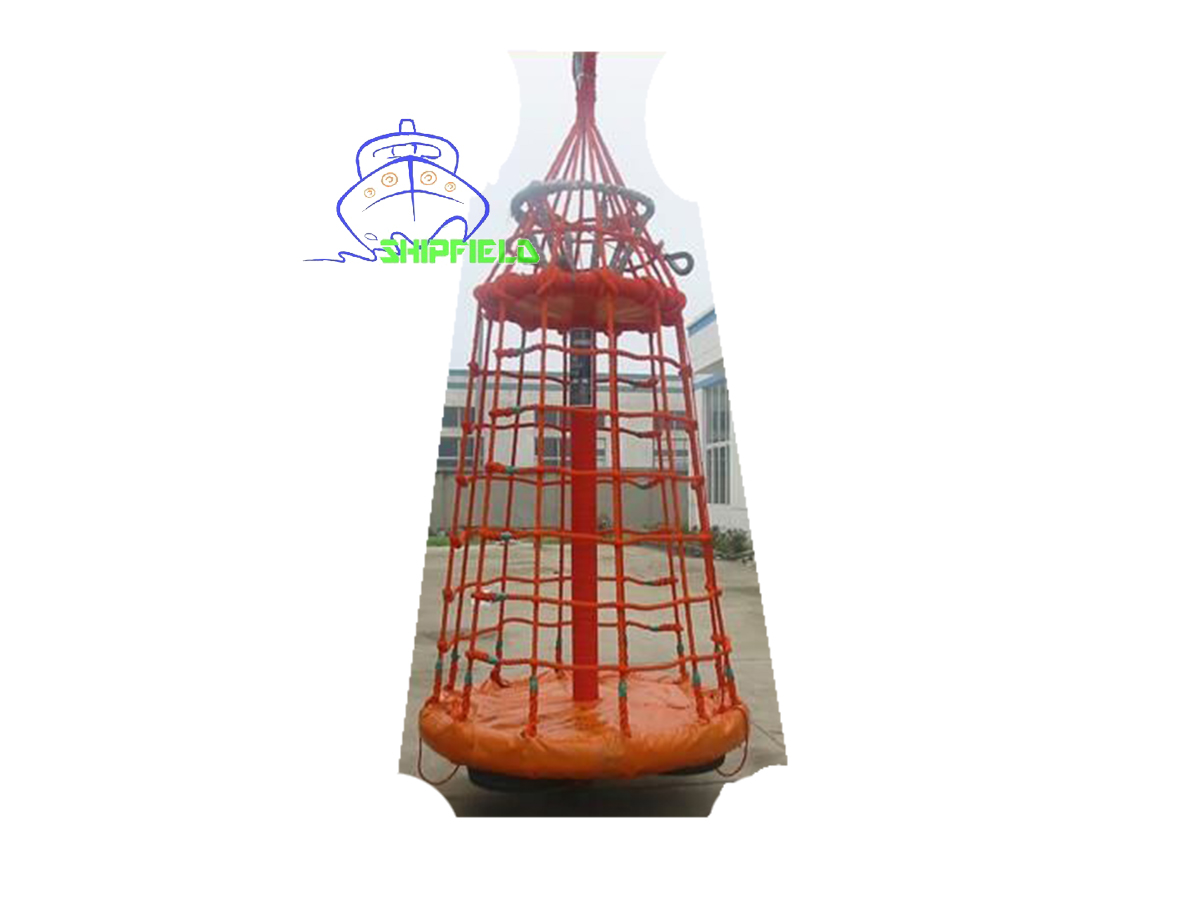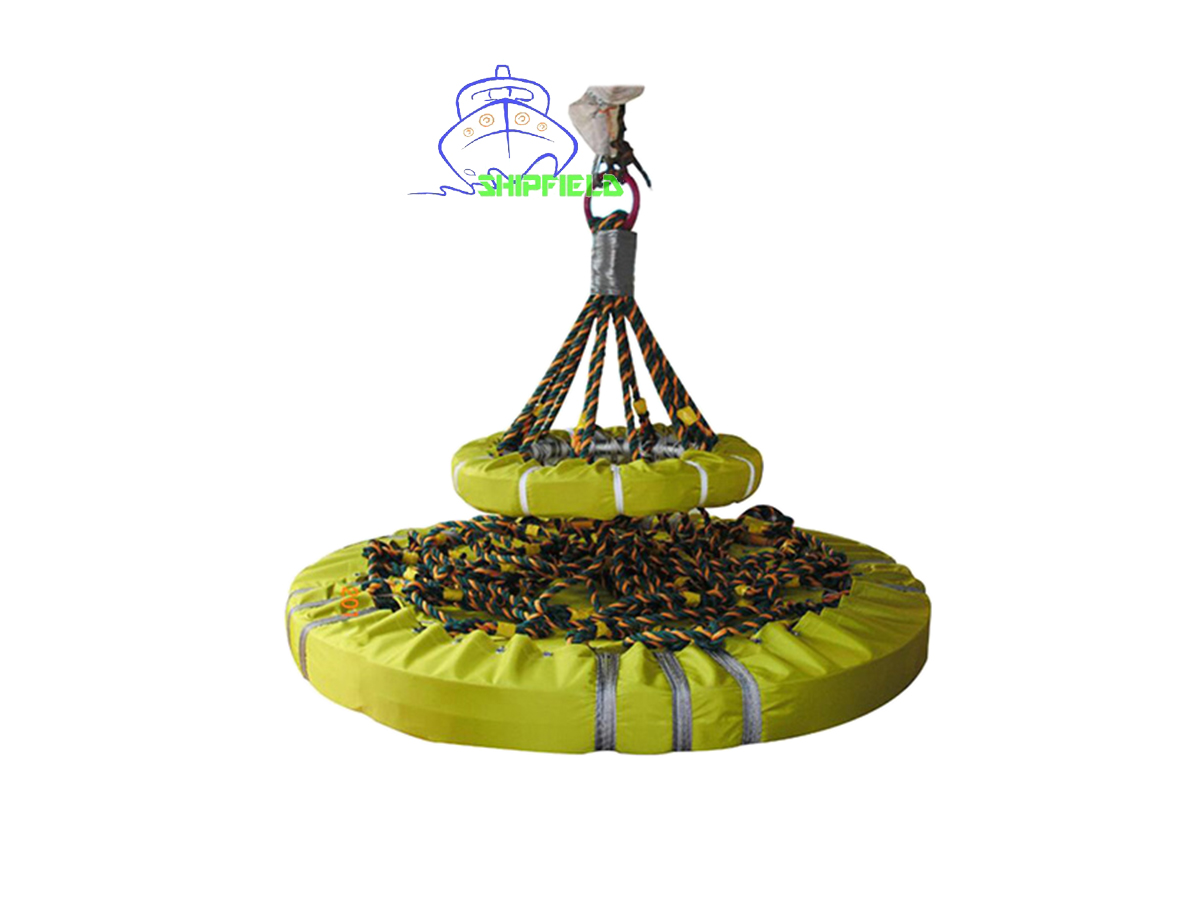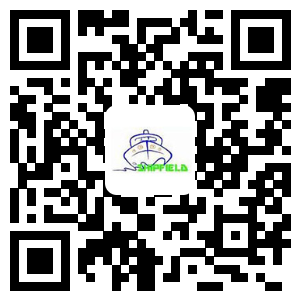1911001-Design and Manufacture of Rescue Tubes
Design and Manufacture of Rescue Tubes
1. Rescue Tube Functional Specification
Source of Buoyancy
Material to be as specified in Australian Standard AS 2259 (Burnside Exempt). The material is to be closed cell plastic foam and both durable and flexible.
Buoyancy
The Rescue Tube is to have a minimum buoyancy factor of 100 newtons in freshwater.
Colour / Colouring
The body of the Rescue Tube is to be colour fast either impregnated, painted or possibly covered and either red, yellow or orange as per Australian Standard AS 1318.
Flexibility
The body of the Rescue Tube is to be of such a nature that it be able to roll within itself.
Strength (Stress)
Webbing, leash and fittings are to be able to withstand a minimum of 1000 pounds(454kg) stress without damage in a longitudinal direction.
2.Rescue Tube dimensional amd components Specification

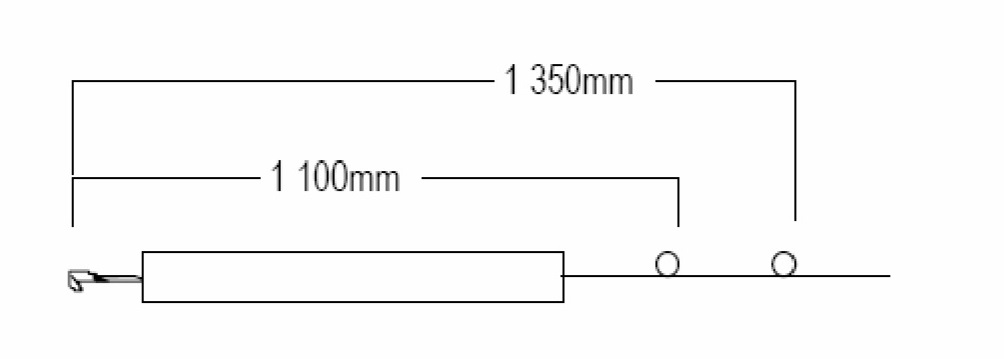
The body of the tube (flotation component):
L - minimum length 875mm
L - maximum length 975mm
B - maximum breadth 150mm
T - maximum thickness 100mm
D - maximum diameter of 125mm if circular.
The distance between the extremity of the clip and the first ‘O’ ring, shall be a minimum of 1045mm with a maximum of 1155mm. The distance between the extremity of the clip and the second ‘O’ ring, shall be a minimum of 1285mm with a maximum of 1420mm. These two stations shall appear, but further stations in either direction can be added.
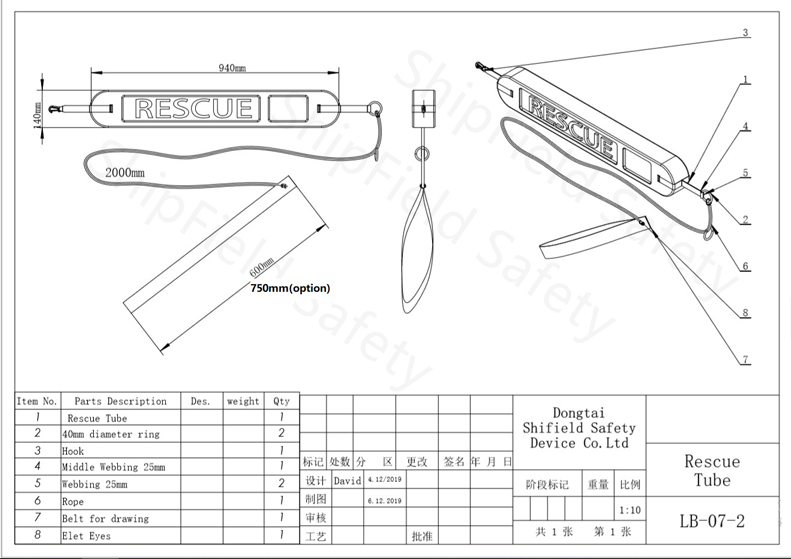
Leash
The length of the leash to be a minimum of 1900mm, with a maximum of 2100mm. The leash shall be a synthetic type rope which is UV treated.
Webbing Connections
Webbing used for the connection of ‘O’ rings/clips to the body of the tube will be 25mm wide woven nylon (synthetic).
Lanyard
Webbing for lanyard to be 50mm woven nylon, with a minimum length of 1900mm and a maximum of 2100mm. If it is to be used as a waist strap it must include a “Fastex Buckle”, with a minimum breaking strain of 315Kg.
Any other means of attaching the leash with the buoy to the rescuer, would need to be approved by LSV before fitting.
‘O’ Rings/Clips
‘O’ rings to be brass, stainless steel (welded) or nylon but in the case of nylon, they must be UV treated. ‘O’ rings to be 37.5mm in diameter, having no sharp edges or protrusions that may cut or injure the rescuer or patient.
Clips
The clip shall be stainless steel snap hook KS2470-70 with an overall length of 70mm. It shall have no sharp edges or protrusions that may cut or injure the rescuer or patient.
3.Rescue Tube General Extending
Consideration could be given to:
The word “RESCUE’ in bold letters on the body of the tube and the date of manufacture. • The inclusion of grasping points. • Attachments, and aids, that may improve the capability of the Flexible Rescue Tube.
If a Flexible Rescue Tube is to be manufactured for specialist purposes eg., IRB tube with connected leash ‘pocket to reduce the possibility of leash and prop entanglement, the basic principles and standards of this specification would still apply.
4. Rescue Tube concept design Conclusion
Any change in physical appearance, material content, or manufacturing method to an originally approved Rescue Tube, would lead to that approval being void and necessitate the approval of the changed Rescue Tube.
In conclusion and for general information, the manufacturers should be aware of the contents of Australian Standard AS 2259, referring to the General Requirements for Buoyancy Aids.
5. Steps in Seeking SLSA Approval for Future Flexible Rescue Tubes
All Flexible Rescue Tube manufacturers would need to ensure their product meets the standard laid down by this Specification, before submitting the said product for Association approval.
Three units should be forwarded to Surf Life Saving Australia for trial and evaluation, with the following information:
• A plan for design (this plan to identify materials used in the unit and appropriate measurements).
• A report, by an independent authority, on the buoyancy and strength (stress) test carried out on the unit (ie., Australian Standards, Maritime Board etc).
• Costs of the unit (singularly or batches).
• Further relevant information which would enhance the tube’s Life Saving capability.
• Manufacturers should realise designing to specification does not automatically mean approval will be forthcoming. Reasonable performance levels in rescue and durability will be contributing factors.
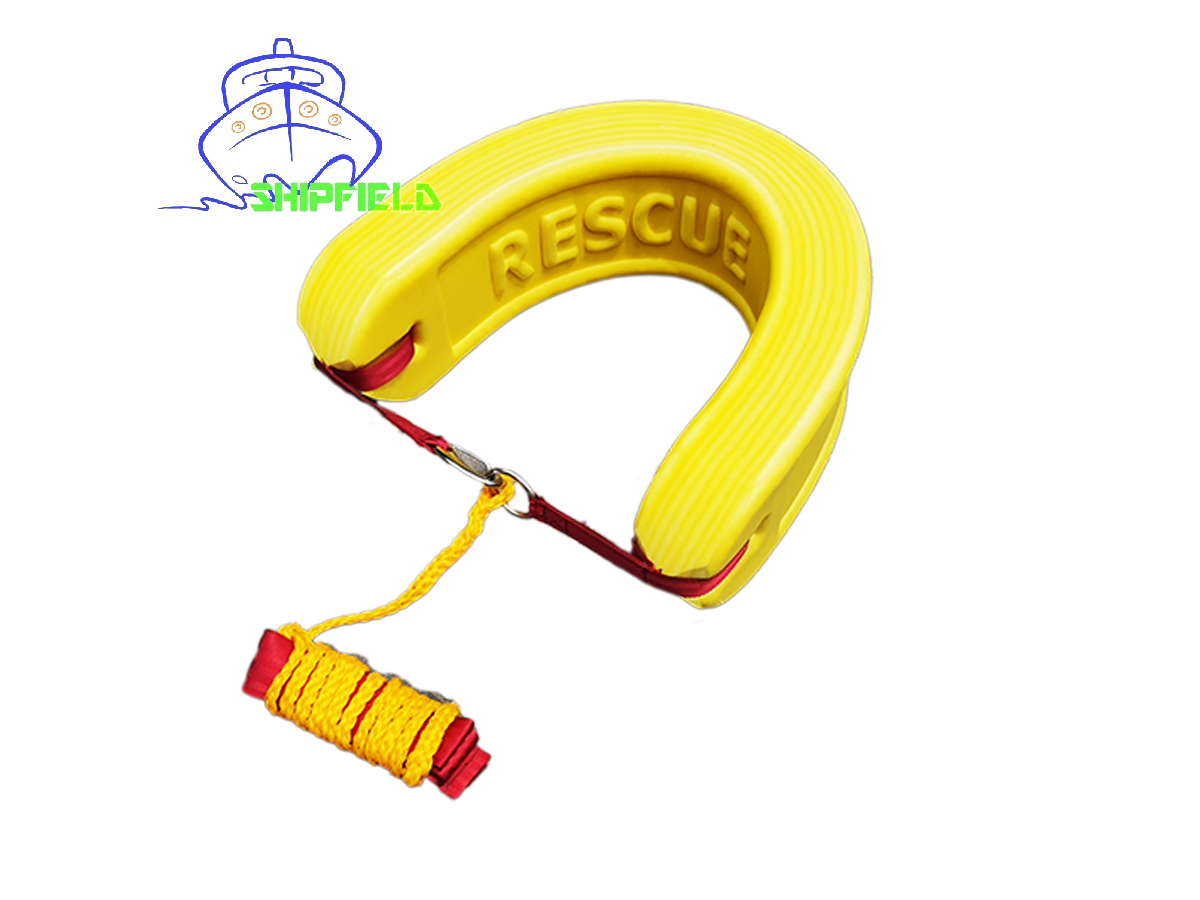
- 2019-12-02 > 1912001 What is PILOT Rope LADDER
- 2019-11-18 > 1911001-Design and Manufacture of Rescue Tubes
- 2019-10-19 > 1910003-what's Responsibilities for a lifeguard_Part 2
- 2019-10-18 > 1910002-what's Responsibilities for a lifeguard_Part 1
- 2019-10-11 > 1910001_How to tell a rescue tube good or not?
- 2019-09-07 > 1909005_The new type of Multi-funcational nozzle
- 2019-09-07 > 1090004_How fiber glass for reinforcement in resin?
- 2019-09-07 > 1909003_Rescue incidents from the press
- 2019-09-07 > 1009002_A Lifeguard
- 2019-09-07 > 1909001_Walters Buoy

